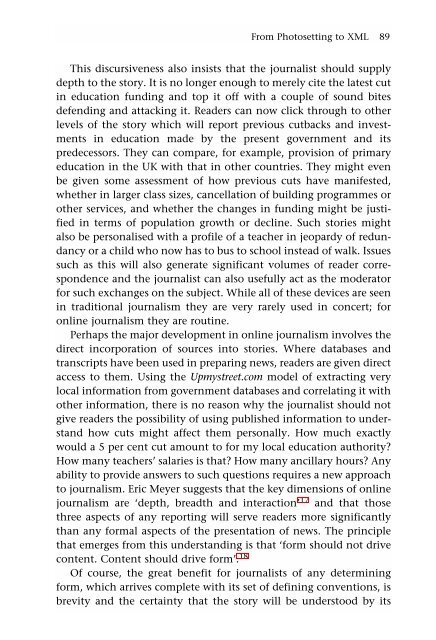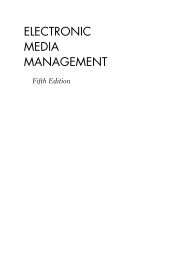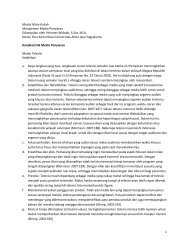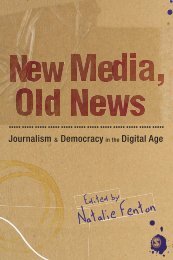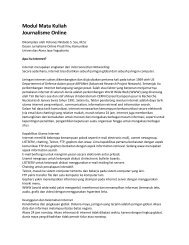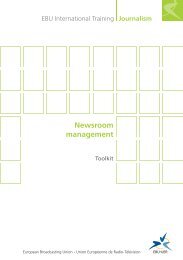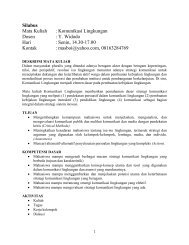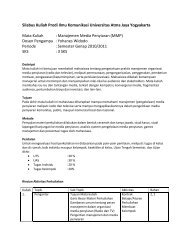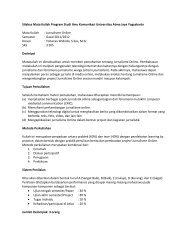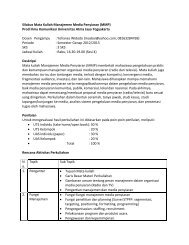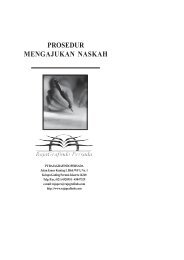Online Journalism - Ayo Menulis FISIP UAJY
Online Journalism - Ayo Menulis FISIP UAJY
Online Journalism - Ayo Menulis FISIP UAJY
You also want an ePaper? Increase the reach of your titles
YUMPU automatically turns print PDFs into web optimized ePapers that Google loves.
From Photosetting to XML 89<br />
This discursiveness also insists that the journalist should supply<br />
depth to the story. It is no longer enough to merely cite the latest cut<br />
in education funding and top it off with a couple of sound bites<br />
defending and attacking it. Readers can now click through to other<br />
levels of the story which will report previous cutbacks and investments<br />
in education made by the present government and its<br />
predecessors. They can compare, for example, provision of primary<br />
education in the UK with that in other countries. They might even<br />
be given some assessment of how previous cuts have manifested,<br />
whether in larger class sizes, cancellation of building programmes or<br />
other services, and whether the changes in funding might be justified<br />
in terms of population growth or decline. Such stories might<br />
also be personalised with a profile of a teacher in jeopardy of redundancy<br />
or a child who now has to bus to school instead of walk. Issues<br />
such as this will also generate significant volumes of reader correspondence<br />
and the journalist can also usefully act as the moderator<br />
for such exchanges on the subject. While all of these devices are seen<br />
in traditional journalism they are very rarely used in concert; for<br />
online journalism they are routine.<br />
Perhaps the major development in online journalism involves the<br />
direct incorporation of sources into stories. Where databases and<br />
transcripts have been used in preparing news, readers are given direct<br />
access to them. Using the Upmystreet.com model of extracting very<br />
local information from government databases and correlating it with<br />
other information, there is no reason why the journalist should not<br />
give readers the possibility of using published information to understand<br />
how cuts might affect them personally. How much exactly<br />
would a 5 per cent cut amount to for my local education authority?<br />
How many teachers’ salaries is that? How many ancillary hours? Any<br />
ability to provide answers to such questions requires a new approach<br />
to journalism. Eric Meyer suggests that the key dimensions of online<br />
journalism are ‘depth, breadth and interaction’ 17 and that those<br />
three aspects of any reporting will serve readers more significantly<br />
than any formal aspects of the presentation of news. The principle<br />
that emerges from this understanding is that ‘form should not drive<br />
content. Content should drive form’. 18<br />
Of course, the great benefit for journalists of any determining<br />
form, which arrives complete with its set of defining conventions, is<br />
brevity and the certainty that the story will be understood by its


